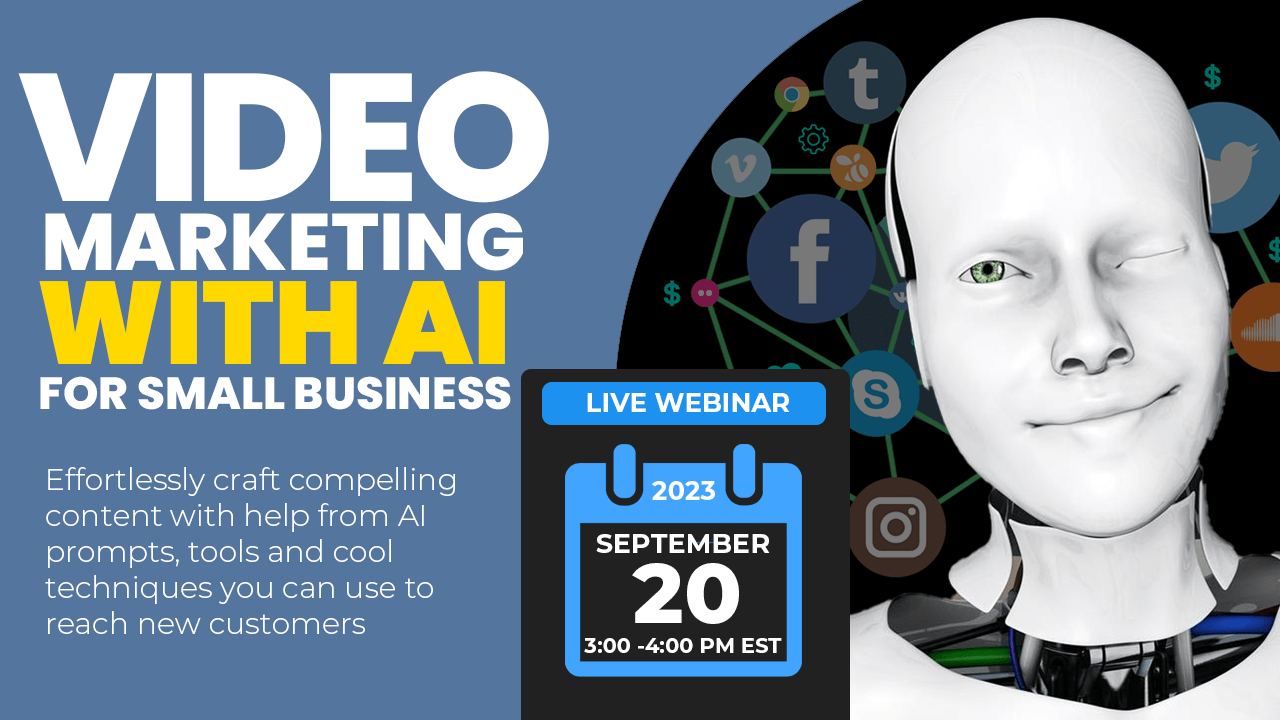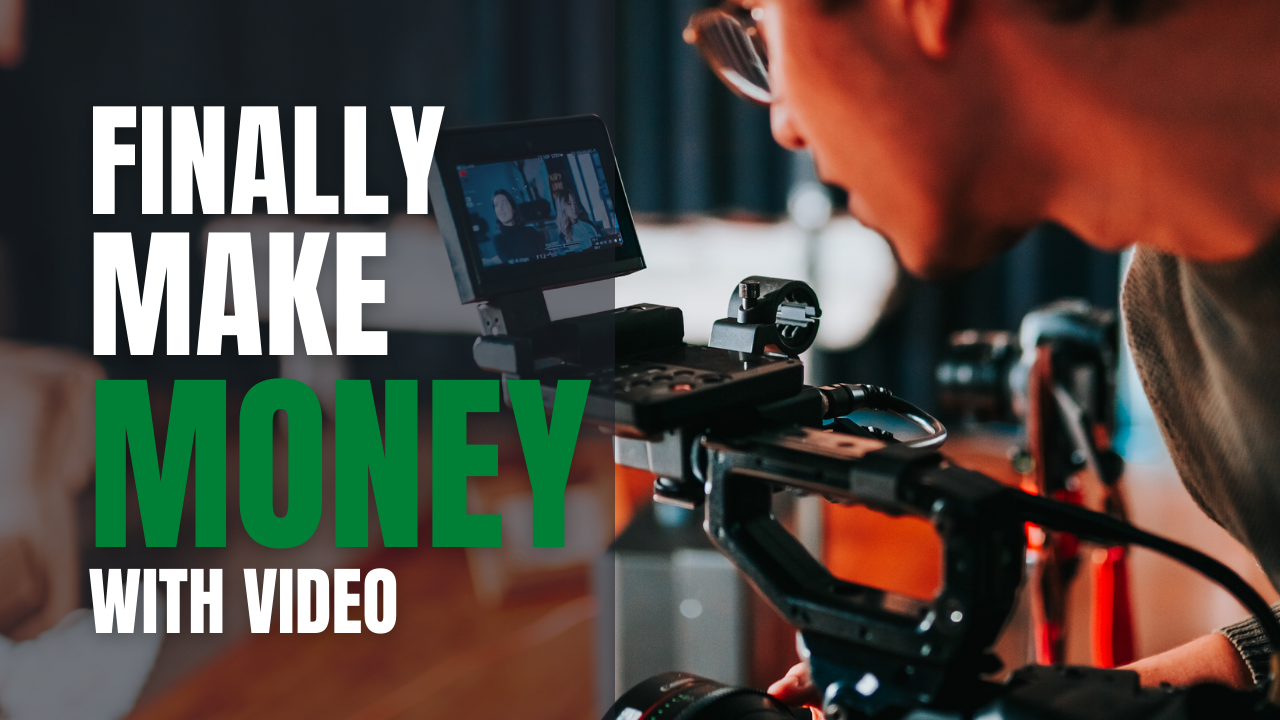The landscape of higher education is evolving rapidly, with institutions vying for the attention of the next generation of students. One of the smartest, most impactful strategies that has emerged in recent years is video-powered student recruitment. This approach leverages the power of video content to provide a more immersive, engaging, and personalized experience for prospective students.
These students, often referred to as ‘digital natives’, have grown up in a world dominated by technology, social media, and on-demand content. To effectively engage with this demographic, colleges and universities need to rethink their traditional recruitment strategies. Enter video-powered recruitment, a game-changer in the world of student engagement.
Understanding the Digital Native
Digital natives are individuals who have grown up in the digital age, surrounded by technology like smartphones, tablets, and the internet. They are accustomed to interactive and dynamic content, often multitasking across multiple devices. For them, static content, such as printed brochures or lengthy written testimonials, may seem outdated and unengaging. They crave immersive experiences that allow them to interact, participate, and feel connected.
Why Video?
Video content aligns perfectly with the preferences of digital natives. It’s dynamic, visual, and can be consumed on-the-go. More importantly, it offers a level of authenticity that static content often lacks. Through videos, prospective students can:
- Experience Campus Life Virtually: Virtual campus tours allow students to explore facilities, dormitories, and other campus highlights without physically visiting the location.
- Hear Authentic Student Voices: Testimonials from current students provide genuine insights into campus life, academic programs, and extracurricular activities.
- Engage in Real-Time: Live webinars and Q&A sessions offer prospective students the opportunity to interact directly with faculty, current students, and admissions officers.
Here’s a closer look at how video is revolutionizing student recruitment and the benefits it offers.
- The Power of Visual Storytelling: Humans are inherently visual creatures. According to studies, our brains process visual information 60,000 times faster than text. This makes video an incredibly effective medium for storytelling. Institutions can use videos to showcase campus life, student testimonials, faculty interviews, and more. This not only provides a realistic glimpse into the institution’s culture and values but also helps prospective students visualize themselves as part of the community.
- Personalized Engagement: With advancements in video technology, institutions can now create personalized video content tailored to the interests and preferences of individual students. For instance, a prospective student interested in the arts might receive a video tour of the institution’s art facilities and interviews with art faculty. This level of personalization makes the recruitment process more relevant and engaging for students.
- Wider Reach and Accessibility: Video content can be easily shared across various digital platforms, from social media to email campaigns. This allows institutions to reach a global audience without the constraints of geographical boundaries. Moreover, with features like subtitles and translations, video content becomes accessible to a diverse set of audiences, ensuring inclusivity.
- Building Trust and Credibility: Videos offer a transparent window into an institution’s ethos, values, and offerings. By showcasing real students, faculty, and events, institutions can build trust and credibility among prospective students. Authentic testimonials and success stories can resonate deeply with viewers, influencing their decision-making process.
- Data-Driven Insights: Video analytics provide institutions with valuable insights into viewer behavior. Metrics such as view count, engagement rate, and drop-off points can help institutions refine their recruitment strategies. By understanding what resonates with their audience, institutions can create more impactful and targeted video content.
- Cost-Effective Strategy: While there might be initial costs associated with producing high-quality video content, the long-term benefits often outweigh the investment. Videos can be repurposed for various campaigns, platforms, and audiences, offering a high return on investment. Moreover, virtual video tours can significantly reduce the costs associated with physical campus tours.
The Power of Interactive Video Content
Beyond traditional video content, interactive videos offer a more engaging experience. Features like clickable hotspots, embedded quizzes, and branching scenarios can turn passive viewing into an active exploration. For instance, while watching a virtual campus tour, students might click on hotspots to learn more about specific departments, clubs, or research opportunities.
Measuring Engagement and Refining Strategy
One of the significant advantages of video content is its measurability. Video analytics can provide insights into how prospective students are interacting with the content. Metrics such as watch time, click-through rates, and engagement hotspots can help institutions understand what resonates with their audience. This data-driven approach allows for continuous refinement, ensuring that content remains relevant and engaging.
PlatformQ: Pioneering the Future of Student Video Recruitment
I’m fortunate enough to live in a state where there are many colleges and universities – and they all compete for students. With a son who is on the hunt for a good college, I was heavily involved in the process and have to say that a college or university presenting with video truly stands out.
PlatformQ is on to something and truly is the beacon of innovation. With their innovative approach to video-powered student recruitment, PlatformQ is revolutionizing how colleges and universities connect with prospective students.
Understanding PlatformQ’s Vision
PlatformQ’s primary mission is to bridge the gap between institutions and the digital-native generation of students. Recognizing the power of video in engaging and influencing this demographic, PlatformQ offers a suite of tools and services designed to enhance the student recruitment process through interactive video content. They’re not only enhancing the recruitment process but also setting new standards for student engagement. As more institutions recognize the potential of video-powered recruitment, their role in shaping the future of this domain becomes increasingly significant.
Challenges and Considerations
While video-powered recruitment offers numerous benefits, institutions must also be aware of potential challenges. Producing high-quality video content requires investment in terms of time, resources, and expertise. Additionally, ensuring that content remains up-to-date and accurately represents the institution is crucial. Accessibility is another critical consideration, with videos needing to be inclusive for all viewers, including those with disabilities.
Conclusion
The world of higher education recruitment is undergoing a significant shift, driven by the preferences and expectations of digital natives. Video-powered recruitment, with its dynamic, interactive, and authentic nature, is poised to lead this change. Institutions that recognize and harness the power of video will not only attract and engage prospective students more effectively but also set the stage for a more connected and immersive educational experience.






